Recently the Design Green exhibition in Singapore brought together three renowned keynote speakers, an engineer, an architect and a landscape architect, for a series of discussions entitled Inside the Designer’s Studio.
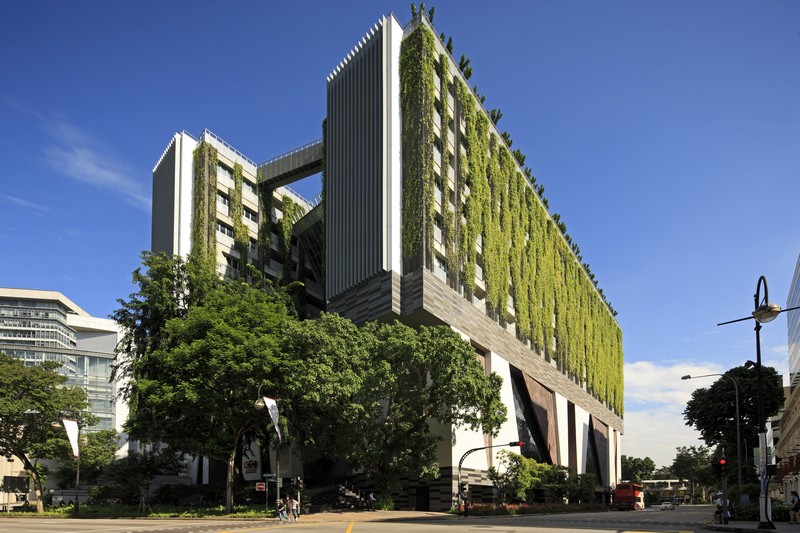
Broken into two parts, the first part saw these esteemed professionals sharing their thoughts on how they see their individual professions in terms of contributing positively to the green agenda, and specifically the built environment, before engaging in a Q & A in which both the host and members of the audience were able to pose questions to the speakers.
Arup Principal Engineer, Mike King, who is based in Arup’s Singapore office and was responsible for overseeing the stunning Sports Hub Project, presented highlights from the practice’s comprehensive report; Cities Alive – Rethinking Green Infrastructure. This report is a product of collaboration between the Landscape Architecture and Foresight + Research + Innovation teams at Arup and has involved a wide range of specialists within the firm.
Established in London in 1946 by Sir Over Arup, today Arup is an independent firm of designers, planners, engineers and consultants offering a broad range of technical services in the built environment, with 11,000 staff in 90 offices across 38 Countries.
Foresight
“Green infrastructure” (GI) 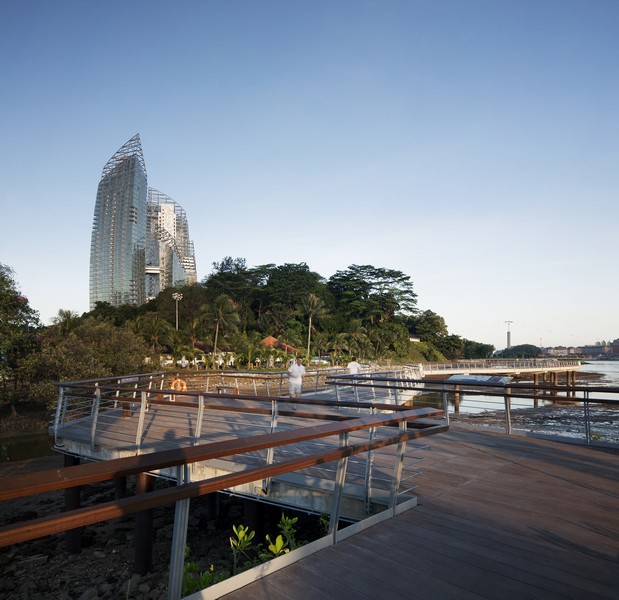 is defined as open spaces, natural areas, urban woodland and parks; green streets, squares and public realm; sustainable drainage systems and healthy waterways, cycle ways and pedestrian routes within our city environments; and smaller scale green roofs, walls and facades.
is defined as open spaces, natural areas, urban woodland and parks; green streets, squares and public realm; sustainable drainage systems and healthy waterways, cycle ways and pedestrian routes within our city environments; and smaller scale green roofs, walls and facades.
Arup’s Foresight team identifies and monitors the trends and issues likely to have a significant impact upon the built environment and society at large. The Foresight team researches and raises awareness about the major challenges affecting the built environment and their implications.
“The ‘Cities Alive’ GI led approach seeks to create healthier more socially cohesive and biodiverse urban environments and a connected city ecosystem for people and wildlife that also builds in resilience measures against climate change in the form of storm, flood, heat, drought and pollution protection,” states King.
“Arup’s Drivers of Change initiative is an evolving selection of the key global issues and trends driving change in our societies and markets and the built environment. The nine topical sets – urbanization, demographics, poverty, energy, water, waste, food, oceans and climate change – emerged from workshops with thousands of participants around the world. Each set contains 25 cards, which describe and illustrate with text, images, diagrams, facts and figures one issue.”
When looking at some of the drivers of change the most relevant to our Cities is that due to urbanization. Consider that the Global urban population is forecast to double between the year 2000 and 2050. This means that180,000 people are added to urban centres, or are creating new cities, every day. 95 % of this growth will be in the developing world and currently one third of the world’s urban population live in what the United Nations (UN) defines as slum conditions.
“What should our designs try to achieve? We must take a critical look at the brief, make it more comprehensive. We must look beyond the narrow object and ask ourselves: What will be the ecological consequences?”
—Sir Ove Arup, from “Ove Arup: The Philosophy of Design”
The cost of inaction
King said that by working with the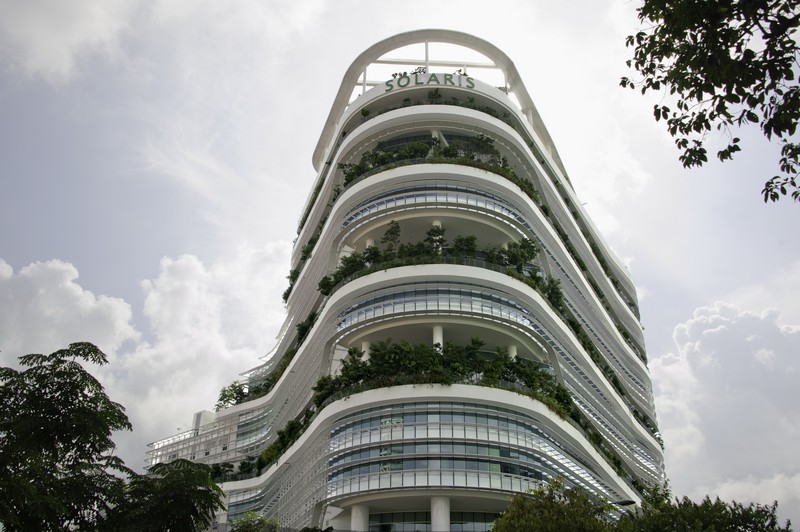 natural environment as a key driver, Cities Alive presents an economic way of addressing the challenges of population growth and climate change in our cities to deliver significant social and environmental benefits.
natural environment as a key driver, Cities Alive presents an economic way of addressing the challenges of population growth and climate change in our cities to deliver significant social and environmental benefits.
Population growth, climate change, resource depletion, pollution and urbanisation are all major global challenges facing humankind and nowhere more than in our cities. The quality of our urban environments is particularly at risk and vulnerable. As we move towards a more sustainable future it is critical that cities adapt to and address these contemporary challenges.
Reflecting the scale of the challenges ahead, there is urgency to develop more sustainably and this has become pervasive at all levels of government. The 1987 Brundtland Commission looked to unite countries worldwide to pursue sustainable development, and in 2006 the Stern Review on the Economics of Climate Change discussed the effect of global warming on the world economy. The main conclusion of the Stern report was that the benefits of strong, early action on climate change far outweigh the costs of not acting.
“The role of green infrastructure in addressing the challenges of the 21st century cannot be underestimated. It is a natural, service providing infrastructure that is often more cost effective, more resilient and more capable of meeting social, environmental and economic objectives than ‘grey’ infrastructure.”
—Green Infrastructure: An Integrated Approach To Land Use, Landscape Institute Position Statement (2013)
What does our future look like?
With population growth and mass global urbanisation how will we expand our current cities and build cities of the future so that they are liveable places to live, work and play – where people can lead happy and healthy lives?
“GI is not a new concept, and not rocket science, much of it is intuitive,” continues King. “The natural world, its biodiversity and its constituent ecosystems are critically important to our wellbeing and economic prosperity, but are consistently undervalued in conventional economic analyses and decision making. GI is one of the most effective tools available to us in managing environmental risks such as flooding and heatwaves. The challenges are to scientifically quantify the benefits, convincing government, business and developers of the real and tangible benefits and realising the vision.”
It is important to clearly calculate the costs, the benefits and a sustainable model for the ongoing maintenance and upkeep of the spaces. Identifying and adapting new technologies to enhance the spaces lower the running and maintenance costs and ensure long term viability of GI plans.
The Benefits
- Social Benefits: Rethinking Urban Communities
- Environmental Benefits: Smart and Resilient Environments
- Economic Benefits: Urban Resource Streams
“Social benefits of a nature-inclusive design approach, “Rethinking Urban Communities” considers how we can encourage investment in healthy and sustainable city lifestyles for social cohesion.”
Retrofitting the City with Nature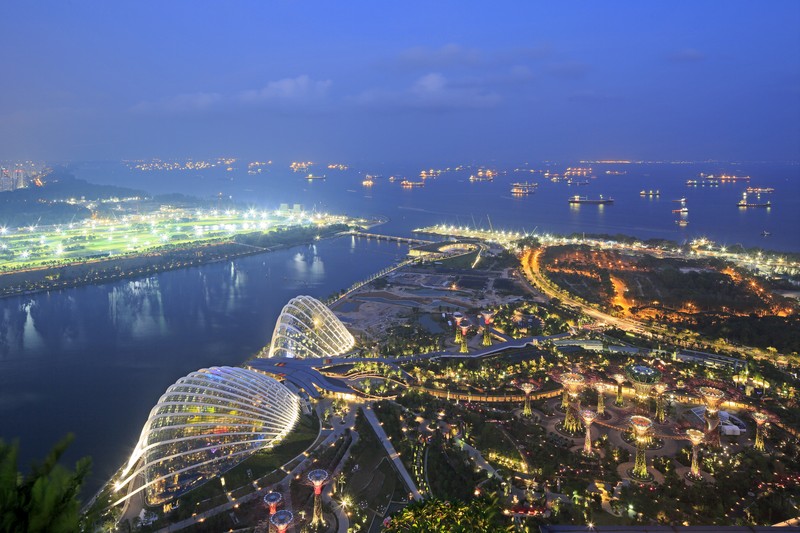
“With The High Line New York, this project captured the public’s imagination and helped redefine and globally influence what urban green space can be; it demonstrates how quality city space can positively utilise obsolete city infrastructure and also how a project of this scale can be successfully managed by the local community.”
“A study in New York states that asthma rates among children age four and five fell by a quarter for every extra 343 trees per square kilometre. The presence of street trees was linked with a 29% reduction in early childhood asthma.”
King adds that studies have proven that residents in ‘high greenery’ environments were 3.3 times more likely to take frequent physical exercise than those in the lowest greenery category. “The UK Forestry Commission reports that a 1% reduction in the sedentary population of Britain is estimated to deliver a benefit of up to £1.44bn a year to the economy.”
New York’s High Line is a great example of a community-led regenerative project that has strengthened the identity of the area and that every stage of the project was led by the Friends of the High Line with regular consultations with residents and business owners.
Transformation of Industrial Wastelands into the Biodiverse “Lungs of a City”,improved social cohesion and saw a reduction in crime, as well as improving workplace productivity. “Office workers who can see a green environment from their desks experience 23% less time off sick than those that have an entirely urban view. Similarly, these workers also report greater job satisfaction.”
Callout
“People want to be reconnected with nature and they want to transform underused land to produce clean air and clean water, good microclimates and good food. They recognise the urgent need to capture carbon and to create landscapes teeming with wildlife. At the same time, they want to be protected from flooding and want access to land for health and wellbeing. The landscape profession is best placed to deliver these aspirations — it is what the profession is qualified to do.”
— Merrick Denton Thompson OBE, CMLI ,“Green Infrastructure – An integrated approach to land use –Landscape institute” (2013)
Environmental Benefits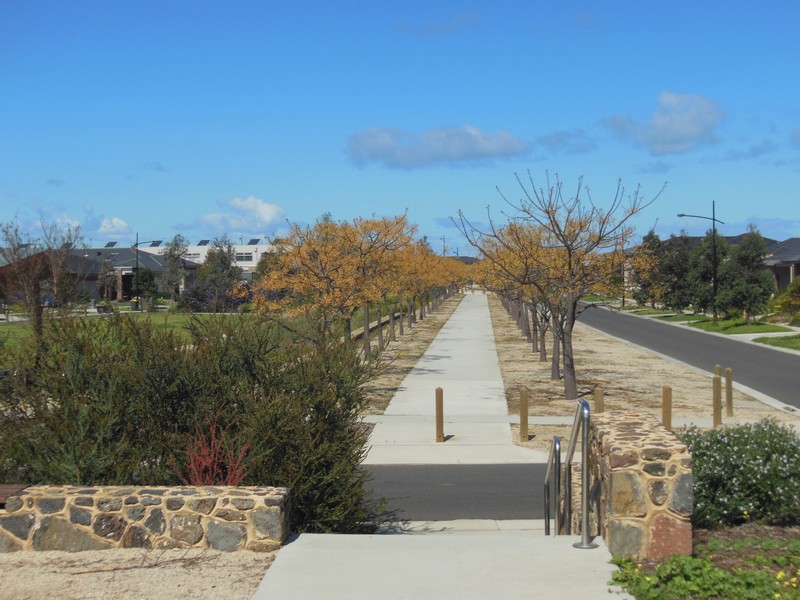
Smart and resilient environments enable long-term climate resilience,creating smart and connected landscapes, fostering urban biodiversity.
City trees can also enhance traffic calming measures. Tall trees give the perception of making a street feel narrower thus slowing drivers down. Closely spacing trees has a similar effect by creating the illusion of speed.
The Green Alley scheme in Chicago involves the redesign of streets for heat expansion and water permeability in expectation of increased rainfall. Urban planners are building in climate change resilience now. The city has more than 13,000 alleys that total more than 1,900 miles of area. Those 3,500 acres of alleys consist of enough impermeable surfaces to equal the paved area at about five mid-sized airports. Rainwater can no longer soak into the ground, so the city is more prone to flooding. Because the cost of retrofitting conventional storm drainage systems is prohibitive, the City has started a programme of building permeable pavements that allow storm water to filter through, “catch basins” to capture water and funnel it into the ground, and high-albedo pavement to reflect sunlight to reduce the heat island effect.
Renewing Urban Spaces
“If you plan cities for cars and traffic, you get cars and traffic. If you plan for people and places, you get people and places.”
—Arup , SlimCity Knowledge Cards (2011) Cheonggyecheon River in Seoul.
Cheonggyecheon River was erased by a three-lane stretch of elevated highway creating one of the most congested and polluted areas of the city. The prospective Mayor of Seoul (Lee Myung Bak) based his campaign on converting one of the most polluted areas of the city into a park. He succeeded (he became the President).
One of the most polluted areas of the city was converted to a park that attracts 64,000 visitors a day. The ambient temperature of the area fell 3 °C. Biodiversity increased by 639%. Land prices increased of 30-50% and are still climbing.
Some remnants of the old elevated road have been left, as victory trophies of some monumental battle that has taken place between good and evil. These include some of the bases of the elevated motorway, a useful reminder of planning mistakes that should never to be made again.
So resilience to climate change and recognition of the importance of green infrastructure benefits, and the role in resilience to climate change, reflects a growing appreciation for the essential role of green infrastructure.
The Future
“In the developed world, 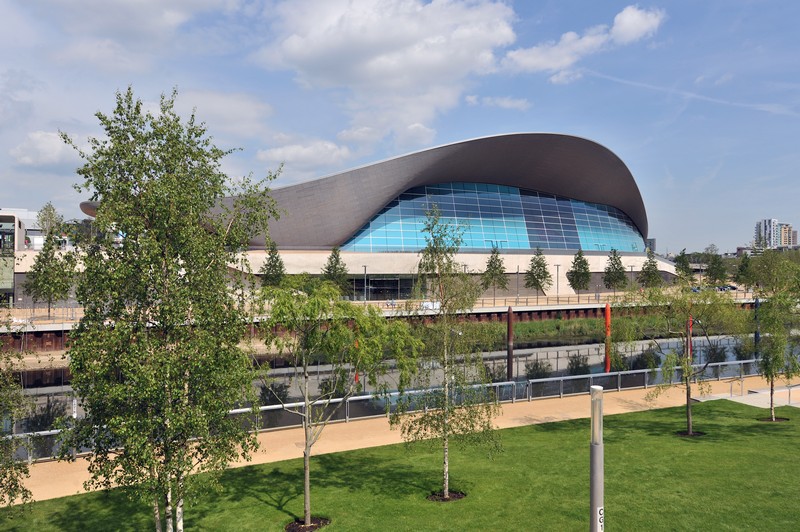 2050 will mark the coming of age of a generation of digital adults who will have grown up engaging with smart devices and materials. They will have experienced technological breakthroughs that will redefine how human beings interact — not only with each other, but with their surrounding environment,” says King.
2050 will mark the coming of age of a generation of digital adults who will have grown up engaging with smart devices and materials. They will have experienced technological breakthroughs that will redefine how human beings interact — not only with each other, but with their surrounding environment,” says King.
He says that we could be living in cities where everything can be manipulated in real-time and where all elements of the urban fabric are part of a single smart system of an “internet of things”. Designers need to consider the shape and flavour of the future to come and the changes and challenges that it will bring. Ideally, the lifespan of projects should be infinite as the perfect project will be able to adapt, change and mitigate.
“In reality, this may be more difficult, but projects should still engage with strategic long-term thinking for the sake of security and prosperity.”
“In order to secure this future, designers again need to consider who will be using and maintaining their creations in decades to come. By educating users and clients about the role that nature can play in the city, they can begin a trickle-down mechanism which will ensure the wellbeing and security of valuable, urban green and functional space.”












